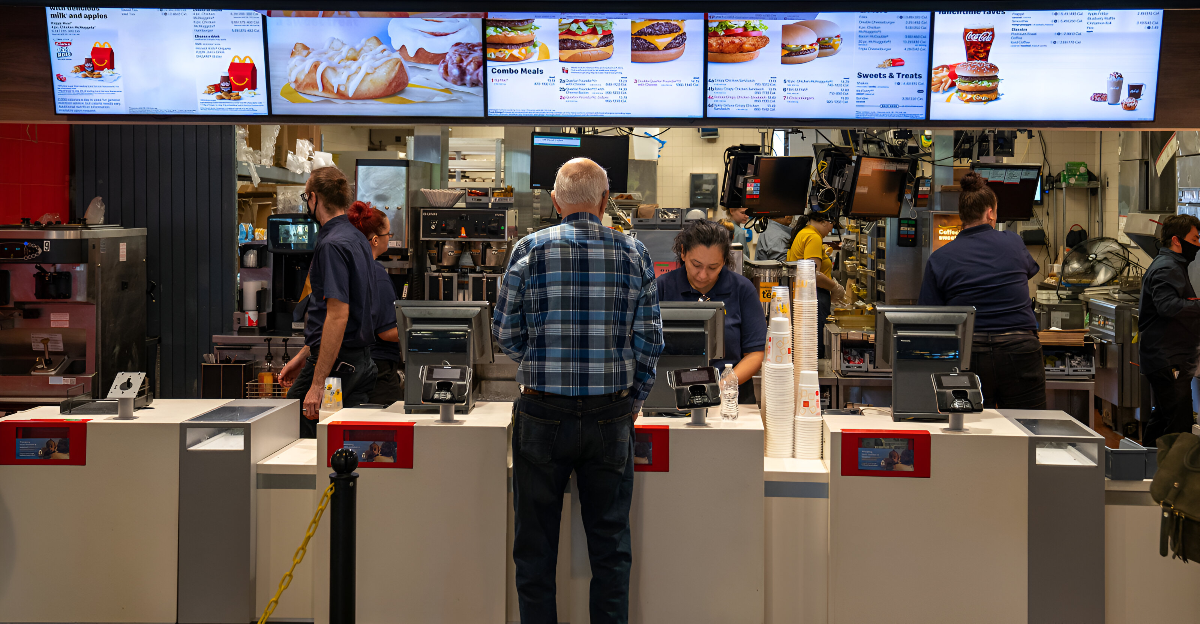
In the past, fast food restaurants used to be a quick and easy way to get a filling meal without breaking the bank. Things have changed in 2025, where meals are often over $12, and sometimes it can get close to $20.
Customers are getting frustrated because, along with price increases, the food portions are getting noticeably smaller. Fast food dining has become more of a special treat than something that people do on a weekly basis.
The real question here is, is fast food still worth the price?
Here’s a look at nineteen chains that are no longer worth their rising price:
1. Shake Shack
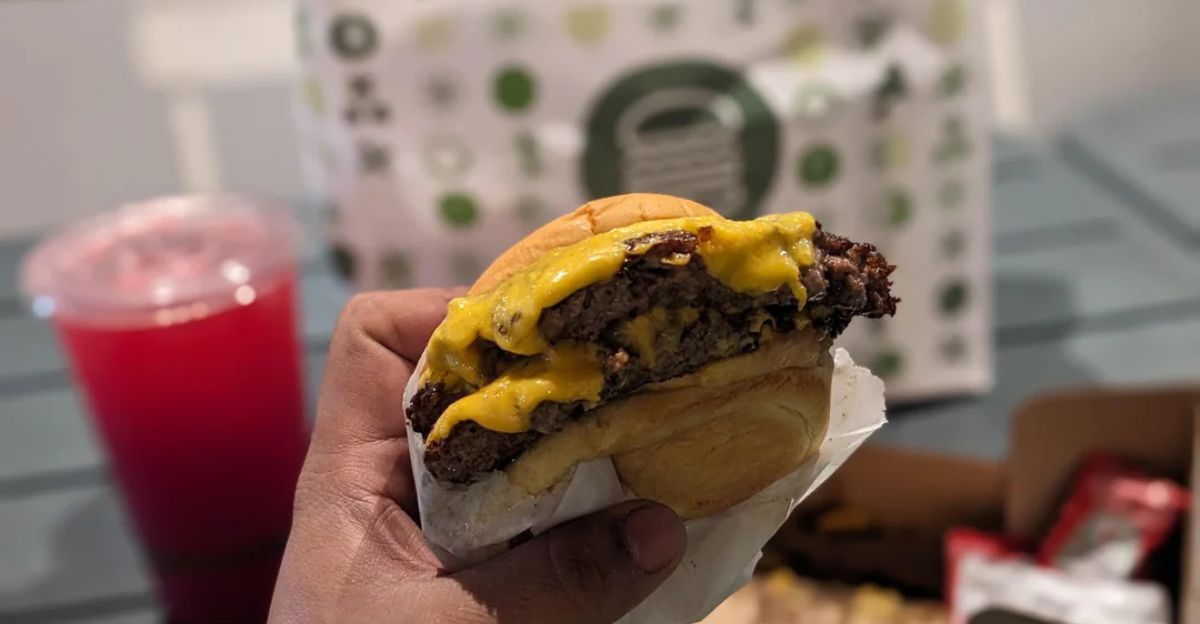
Shake Shack used to be known for their gourmet burger and trendy vibes. That is no longer the case, as it now stands as one of the most expensive chains, with just a burger and fries costing as much as $15.
However, they still offer a small portion that isn’t quite big enough to fill you up, but customer reviews say that the quality no longer matches the high price.
Many customers feel that they would be able to get a meal of the same value for less money at another restaurant, in some cases even a better meal at typical sit-down restaurants.
2. Five Guys
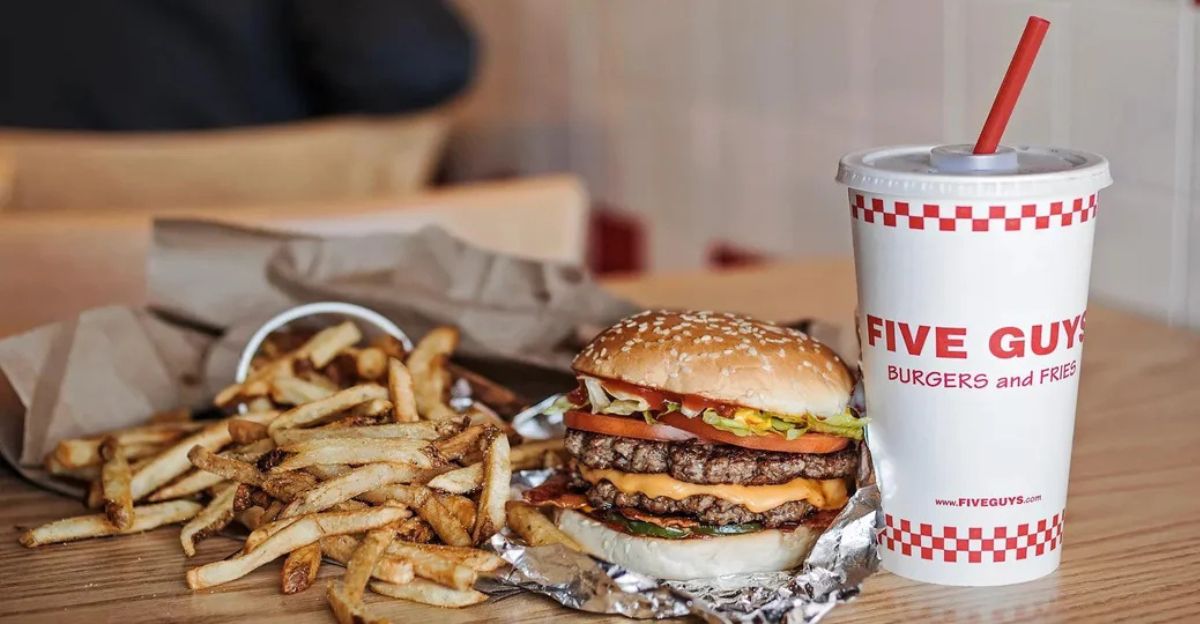
Five Guys never marketed itself as a cheap fast food outlet because it has always sold slightly fancier burgers with fresh toppings and custom orders.
But today, customers often walk away surprised by the bill as some simple burger, fries, and a drink orders add up to $20 or more per person.
“We raise our prices to reflect whatever our food costs are… we do not base our price on anything but margins,” says Jerry Murrell, CEO, directly linking Five Guys’ high costs to ingredient expenses.
Online complaints have mentioned that a meal here isn’t worth what you pay anymore, especially compared to better deals elsewhere.
3. Panera Bread
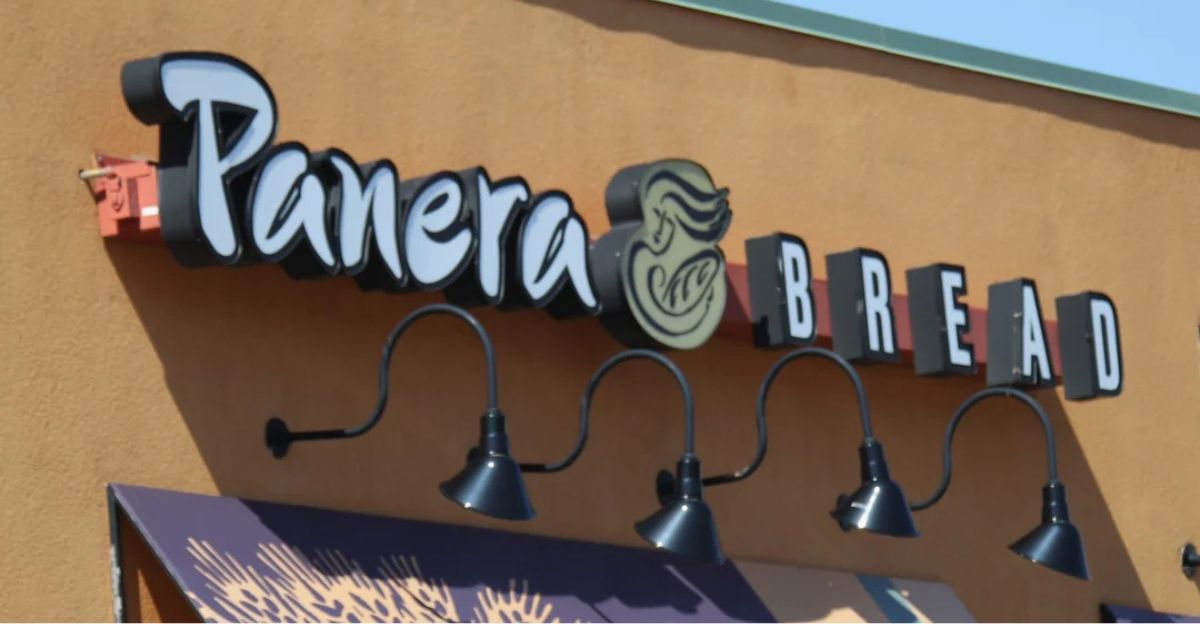
Panera Bread was at the heart of people who wanted to eat healthier, cafe-style sandwiches, soups, and salads. But in recent years, their menu prices have jumped by more than 60%.
Now, you might pay $15 or more for a soup and a half-sandwich with a drink, and customers also mentioned that portions have gotten smaller.
CEO Ron Shaich said, “We will focus on doing fewer products at higher profits… [Menu price increases are] primarily to offset rising commodity costs.”
4. McDonald’s
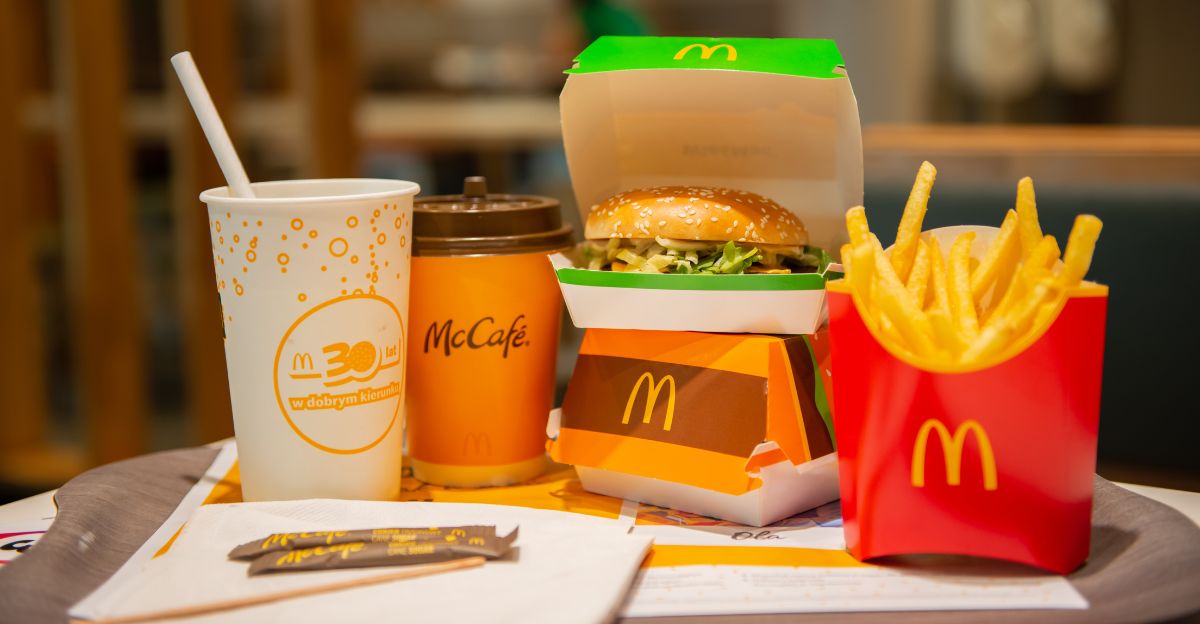
McDonald’s used to be the classic go-to for cheap family meals. Lately, however, their value for money has faded, with even a simple combo costing around $10 or more.
Joe Erlinger, McDonald’s President, has acknowledged frustration over viral reports of $18 meals but counters: “The average price of a Big Mac in the U.S. was $4.39 in 2019… now $5.29. That’s an increase of 21% (not 100%).”
Even when McDonald’s brings back value menus, the deals are limited, and the portions are small, so many feel the “dollar menu” is a thing of the past.
5. Chipotle
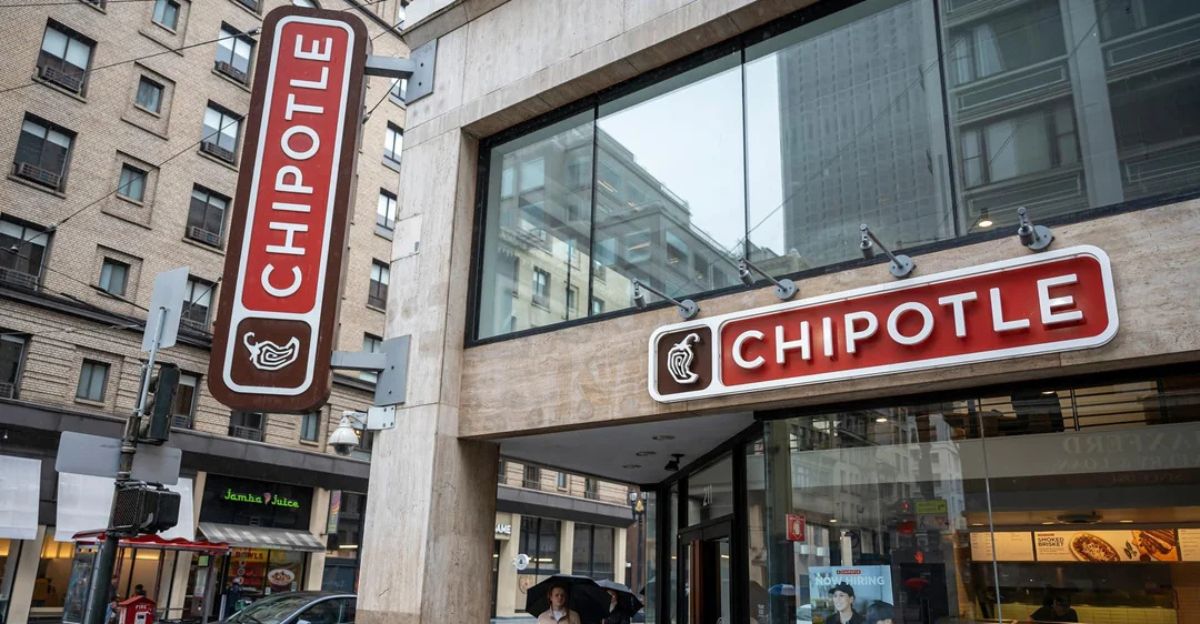
Gone are the days when Chipotle meant a cheap, hearty burrito bowl. What used to be a big, filling meal for $8 can now cost as much as $18–$20 with a couple of add-ons.
There have been complaints that customers are not getting enough rice, protein, or toppings and that they are being charged for basic extras like guacamole or cheese.
Even though the company says it is just trying to balance the margins, many people feel that a basic burrito isn’t worth the price anymore.
6. Chick-fil-A
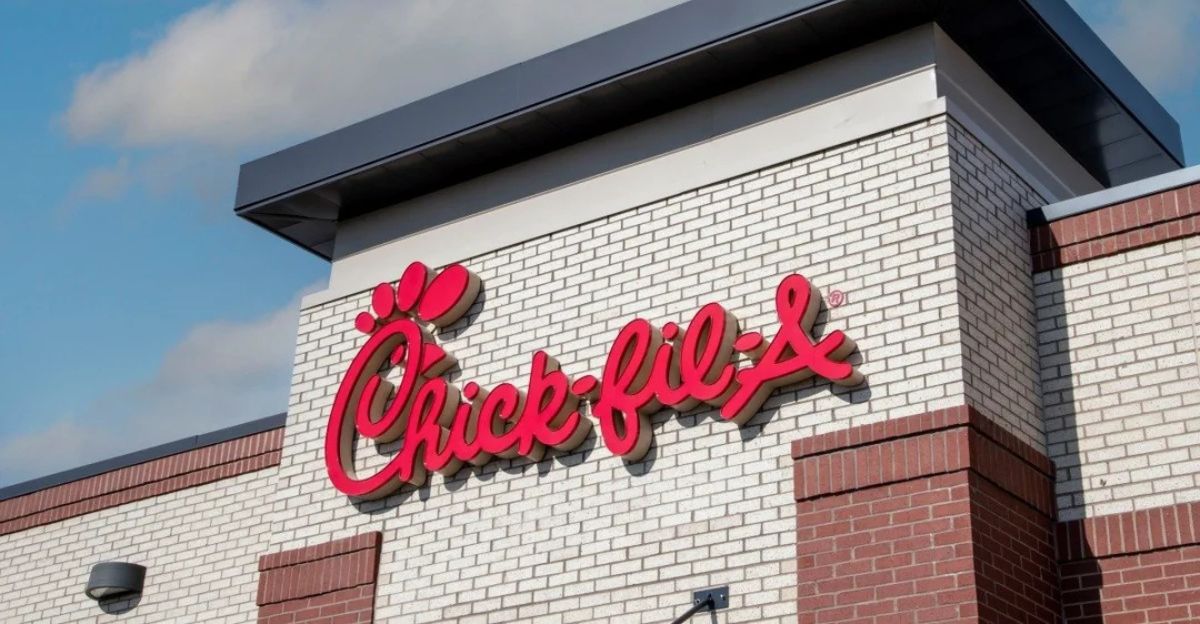
Chick-fil-A is still a very well-known place for its good service and tasty chicken sandwiches, but the meals are starting to get a little too pricey.
For example, a chicken sandwich that used to be under $4 now costs over $5.50 in many places, and adding fries and a drink can push the total over $10 or $30 for two people in some cities.
With these simple price hikes, customers are reconsidering whether they want to eat here.
7. Taco Bell
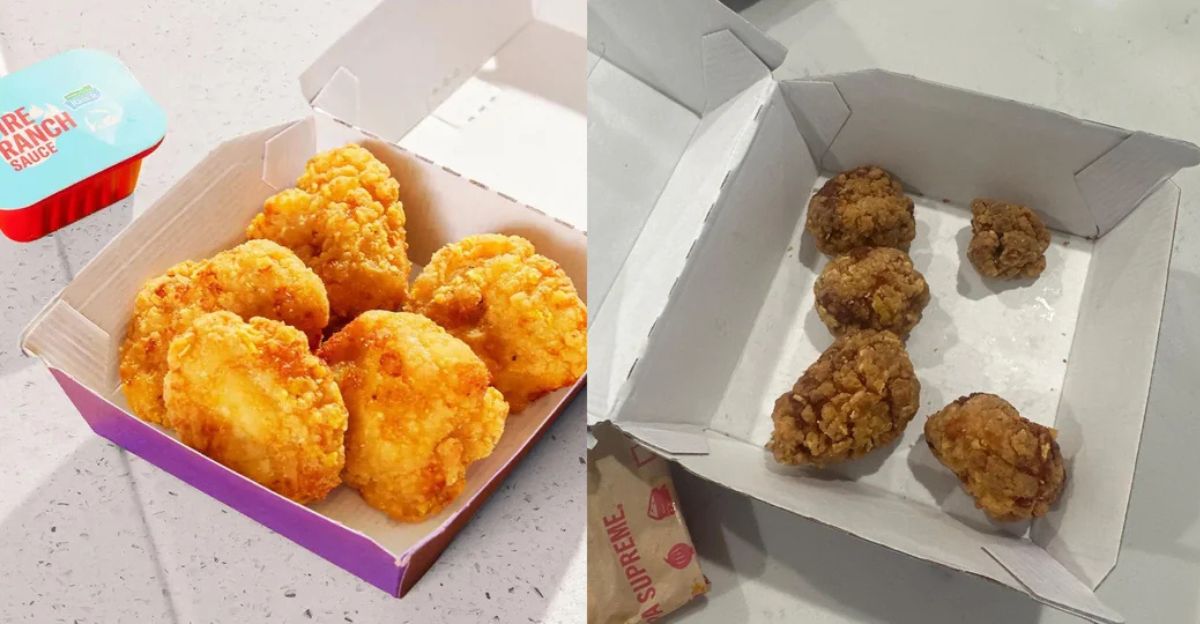
Taco Bell, long famed for super cheap eats, gets criticism for portion shrinkage and quickly rising prices.
CEO Sean Tresvant notes: “We believe that our unique position… especially with our effective combination of value, innovation, digital sales… provides us with a buffer against consumer challenges.”
But some people spend $20 and still leave hungry, so it isn’t enough for people who want a cheap, filling meal.
8. KFC
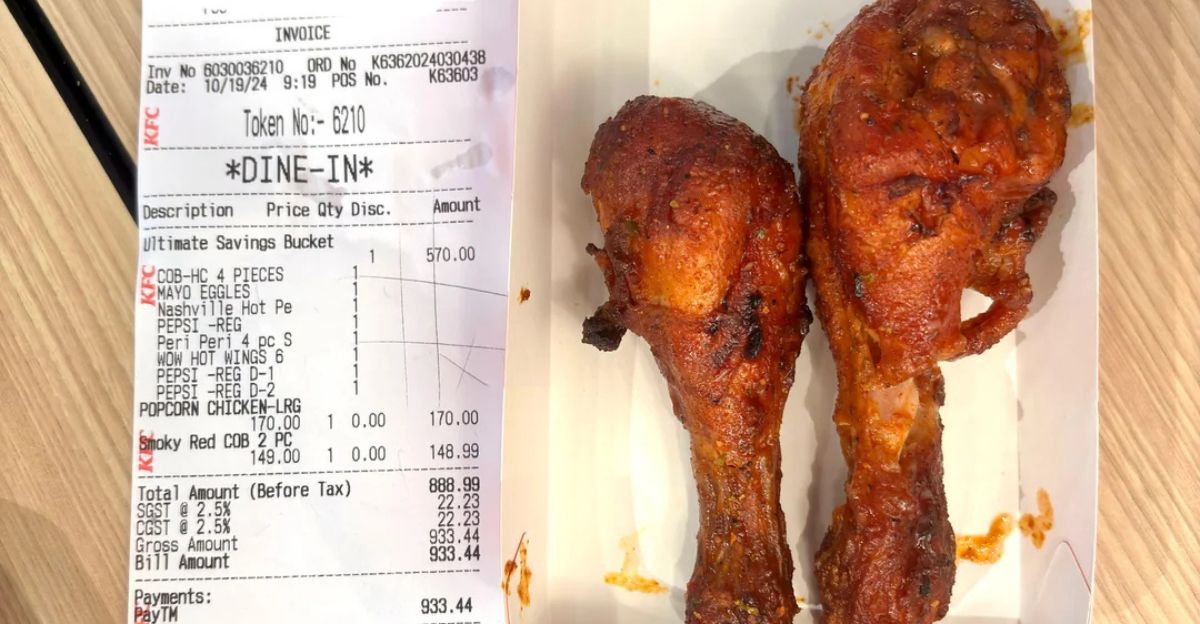
KFC was popular for feeding a family with a big chicken bucket and classic sides, all at a reasonable price.
Now, customers are paying over $30 for a noticeably smaller meal. People complain online about getting less chicken and smaller sides and paying more than ever.
“KFC sales remained under pressure due to more value competition across the QSR industry,” says David Gibbs, CEO of Yum! So while they feel they are offering better deals, many customers are still disappointed at the value received.
9. Burger King
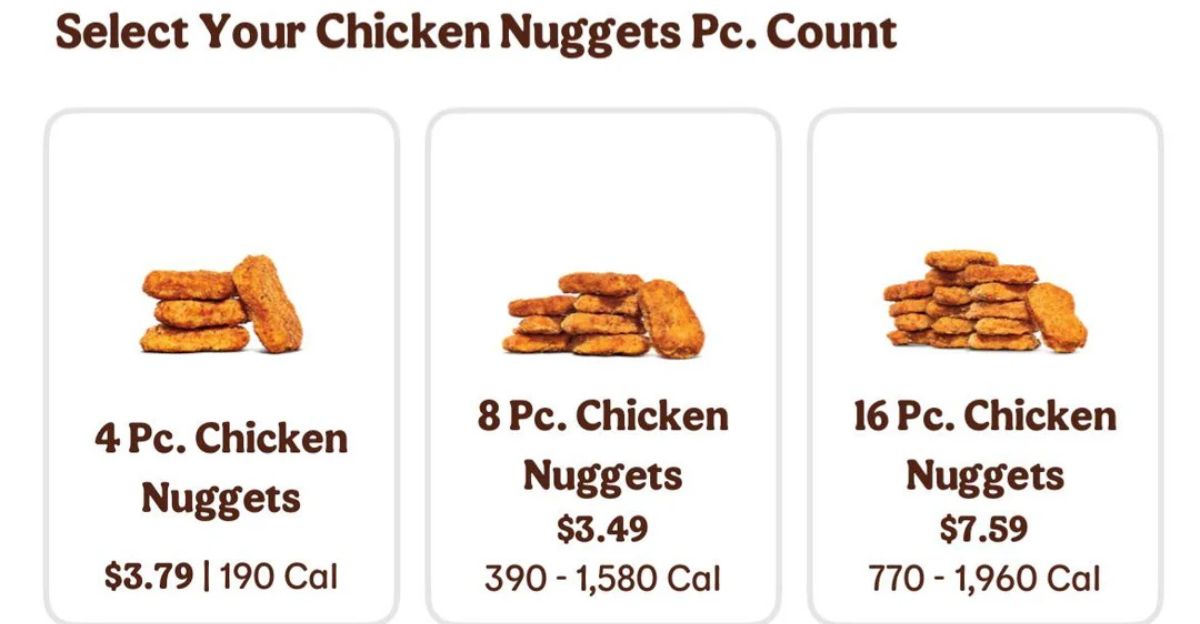
Burger King was once McDonald’s budget rival, but lately, its prices have gone up quickly, and many customers have noticed smaller sandwiches.
Some people even believe the signature Whopper is noticeably smaller than it used to be.
Lawsuits and online complaints challenge the value, and many diners say Burger King’s new high prices can’t be justified by its offerings.
10. Wendy’s
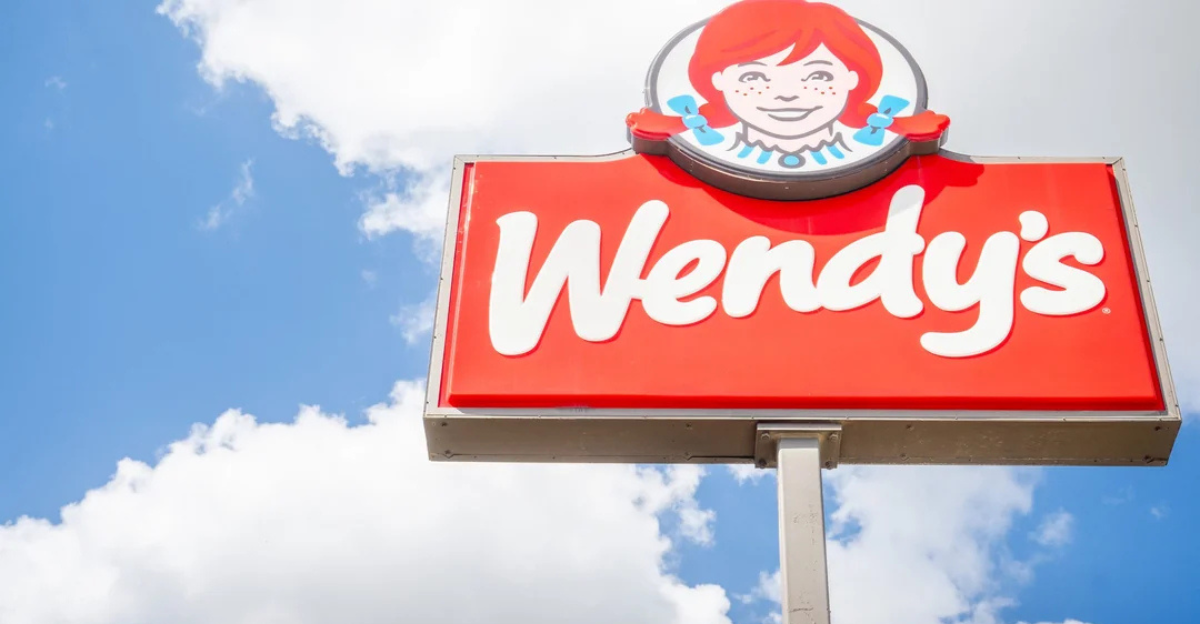
Wendy’s used to be known for cheap combo deals like the $4 for 4, where you’d get lots of food without spending much. Now, you can expect to pay $12–$15 for a meal that isn’t as filling as it was in the past.
Burgers, fries, and even chicken nuggets have gotten smaller, but prices keep rising. Some locations are also experimenting with dynamic pricing, which means prices that change based on time or demand.
Many people notice the decline in value and choose to eat somewhere else or make food at home.
Social media is filled with posts on how a basic combo can “cost as much as a diner lunch,” and smaller portions leave many unsatisfied.
11. Subway
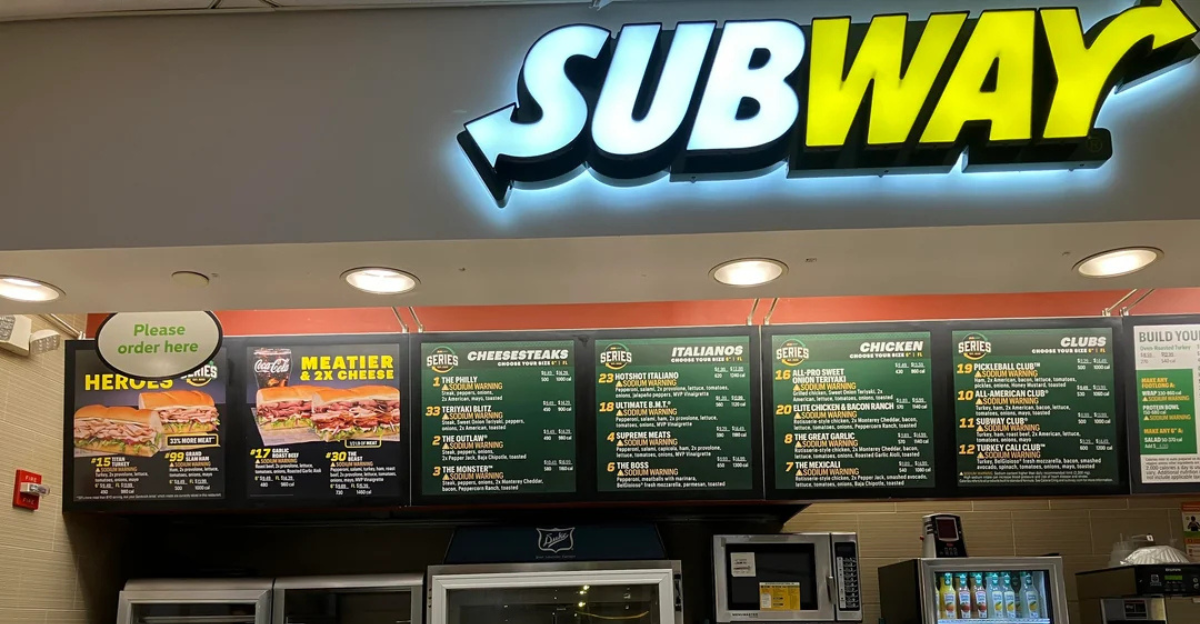
Subway has faced massive closures, like 600 locations in 2024 alone! The main reason? You pay much more for your sandwich, but the meat and toppings have shrunk.
Sometimes, customers complain that their “footlong” isn’t even close to a foot, and lawsuits accuse Subway of being misleading.
While the brand tries to offer limited-time deals, many customers argue that even these don’t compensate for the quality and portion issues, so loyal customers are disappearing.
12. Pizza Hut
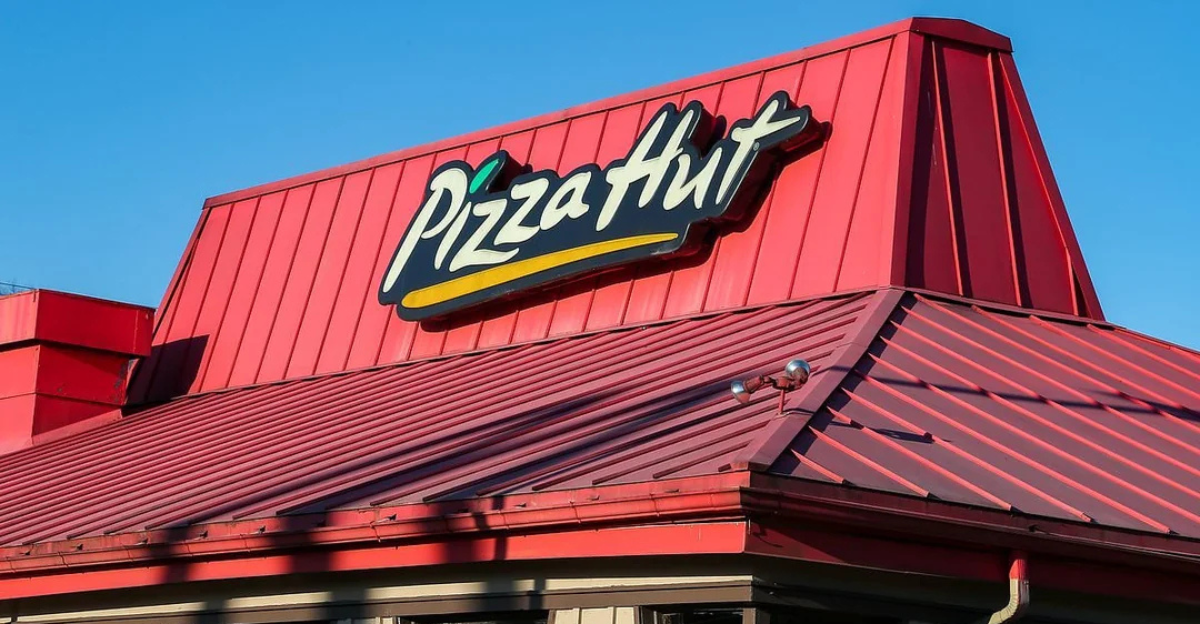
Getting a pizza from Pizza Hut used to be a reliable and filling family meal at a decent price. Now, a large pizza costs $15–$20 and often comes with less cheese and toppings than it used to.
Pizzas themselves are smaller, too. As a result, many stores have closed in the last few years.
While limited-time deals like $12.99 “Hut Lover’s Pizzas” make headlines, the regular menu costs are much higher, and the average pie is noticeably smaller and stingier than even a few years ago, steering customers to other pizza places or to just make pizza at home.
13. Dunkin’
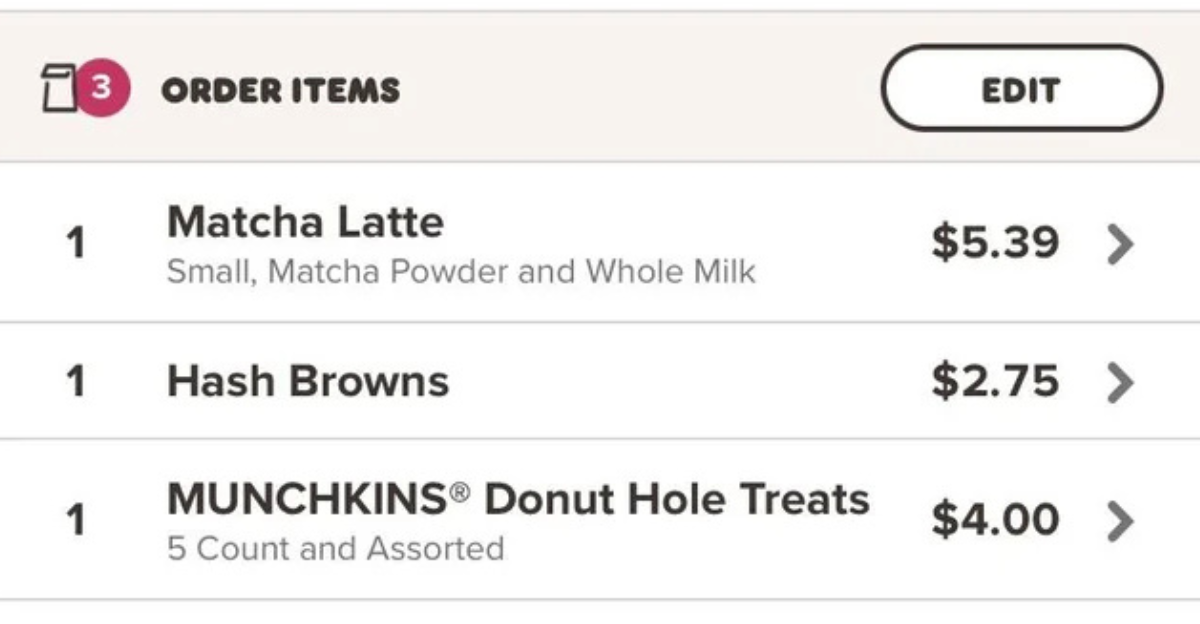
If you stop for donuts or coffee at Dunkin, you can expect to pay a lot more. A single donut costs about $1.50–$1.89 each, and a dozen costs nearly $14.
The donuts look smaller, and many say they aren’t as fresh as they used to be. Even when Dunkin’ rolls out new meal deals like Wake-Up Wraps, the portions are so small that people are left hungry and unsatisfied.
Online forums and social media are filled with complaints about high prices and lower quality, which is why business at many locations is slowing down.
14. TGI Fridays
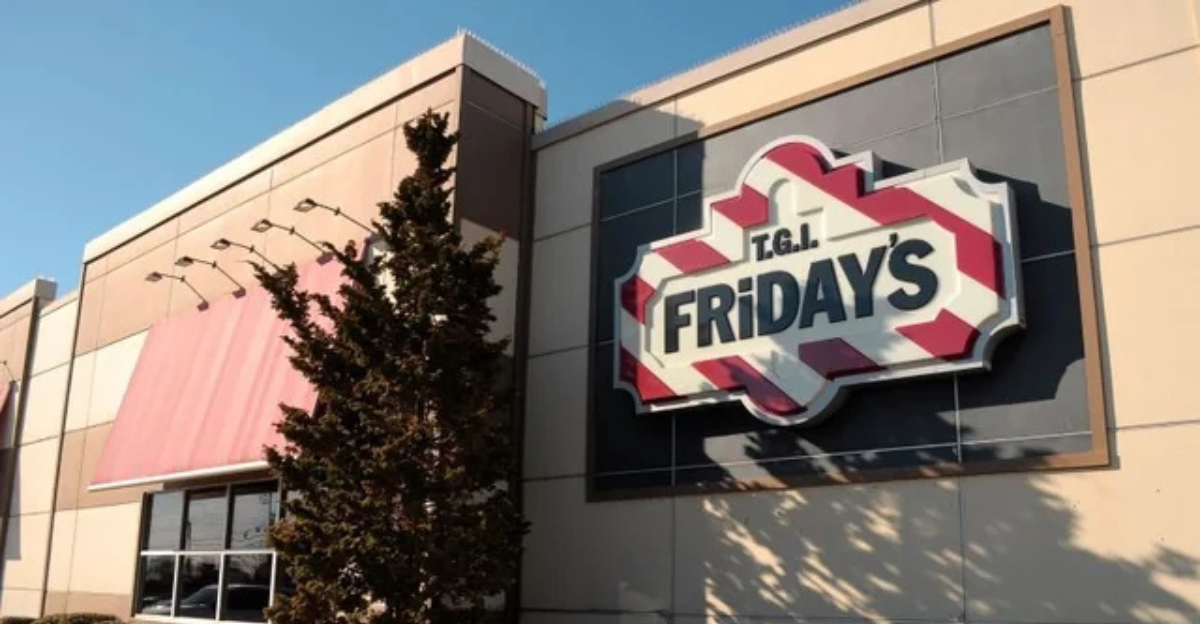
What was once an affordable sit-down restaurant for families and friends has closed more than half its U.S. restaurants since 2023, filing for bankruptcy in late 2024 and closing nearly 130 locations in just a few months.
Menu prices have gone up significantly, sometimes doubling in five years! However, portions are noticeably smaller, and some meals lack flavor or freshness.
The chain has tried reinventing its menu with new recipes and experiences, but has still failed to win back customers who are frustrated about paying more for less.
15. IHOP
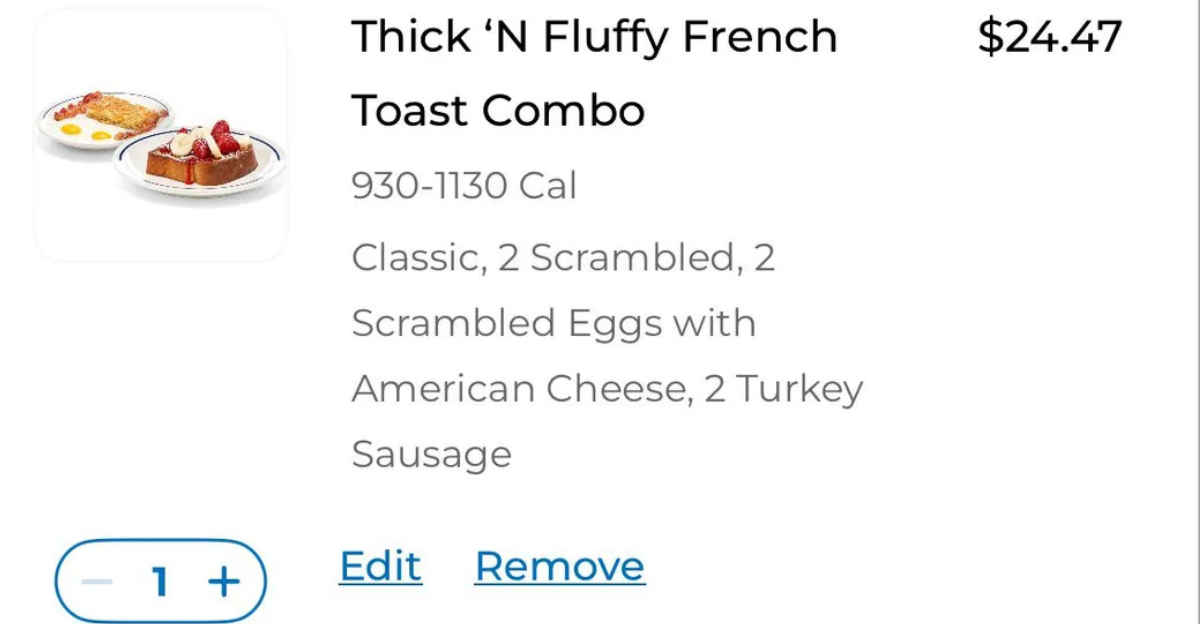
IHOP built its brand around big, cheap breakfasts. Classic breakfast combos like the 2x2x2 now cost $13–$15, up 82% since 2020.
Even the “bottomless” pancakes don’t seem as bottomless, with smaller stack sizes becoming common. The rising cost has driven away families and students who once loved IHOP as a treat on a budget because they cannot justify the price anymore. The chain is still busy, but it isn’t the deal it used to be.
16. Applebee’s
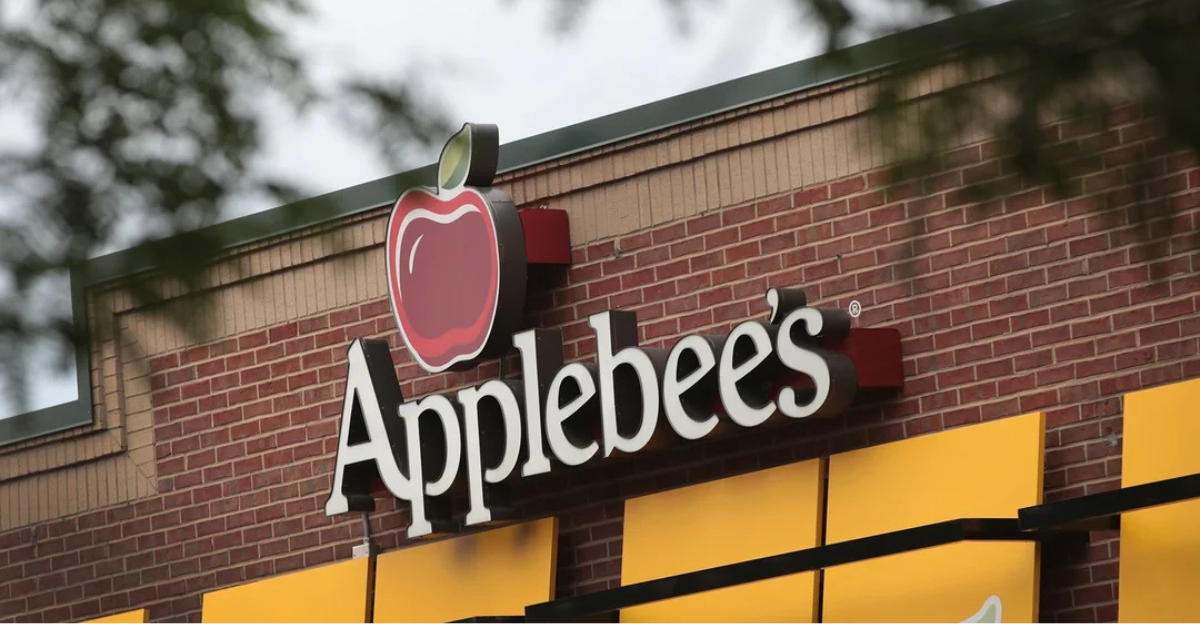
Applebee’s was known for generous servings and reasonable prices, but now, most meals are 40% more expensive than a few years ago, and the portion sizes feel smaller.
Signature deals like 2 for $22 no longer feel substantial, and the chain’s former “value leader” reputation is fading, leading many to opt for local competitors or preparing food at home.
17. Dairy Queen
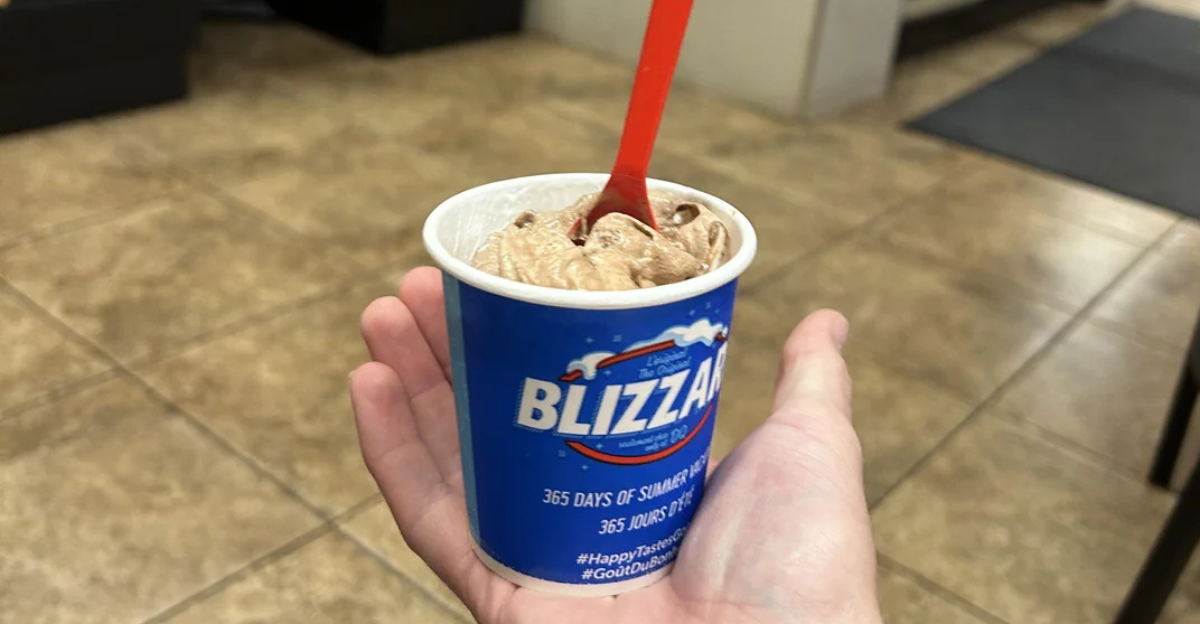
In many places, a fast-food burger, fries, and Blizzard at Dairy Queen cost $14 or more, quite a bit more expensive than just a few years back. Customers have also noted that burgers, fries, and Blizzards have shrunk in size.
Regulars who used to go for an affordable treat now complain about the price and serving size; some would rather stay away.
18. Domino’s
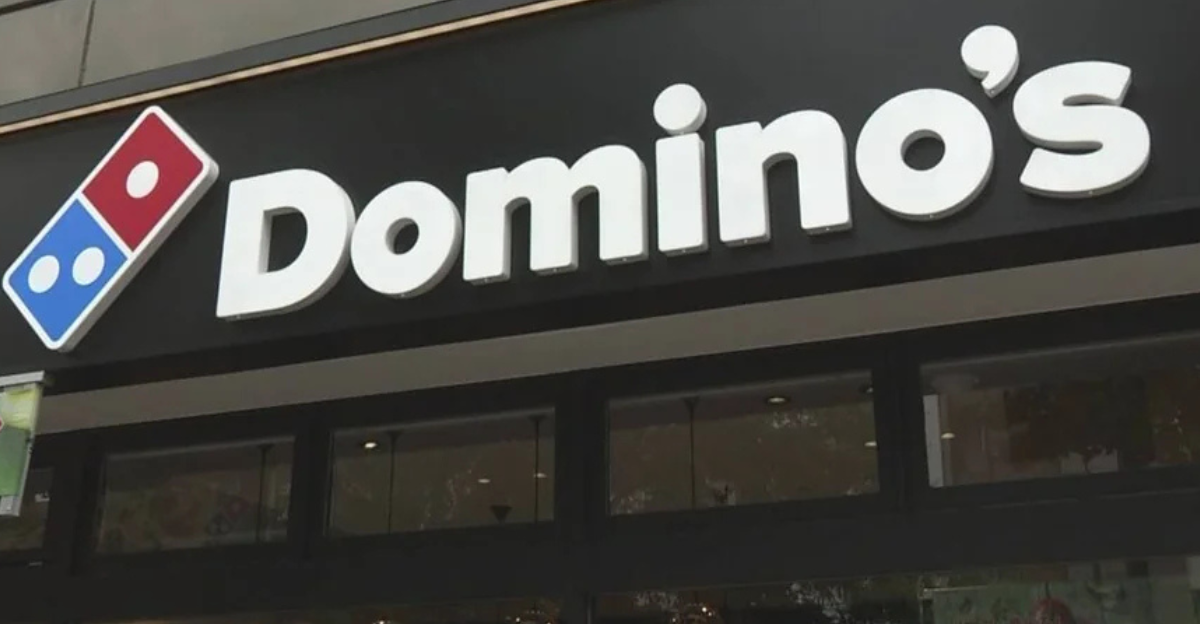
A large pizza at Domino’s used to cost about $8, but it can now be up to $16. There is less cheese or toppings, especially on premium creations. Breadsticks and desserts are smaller, too.
People notice the smaller portions of their food and the growing amount of their bill, and many look for alternatives, such as other pizza brands or even frozen pizza.
19. Cracker Barrel
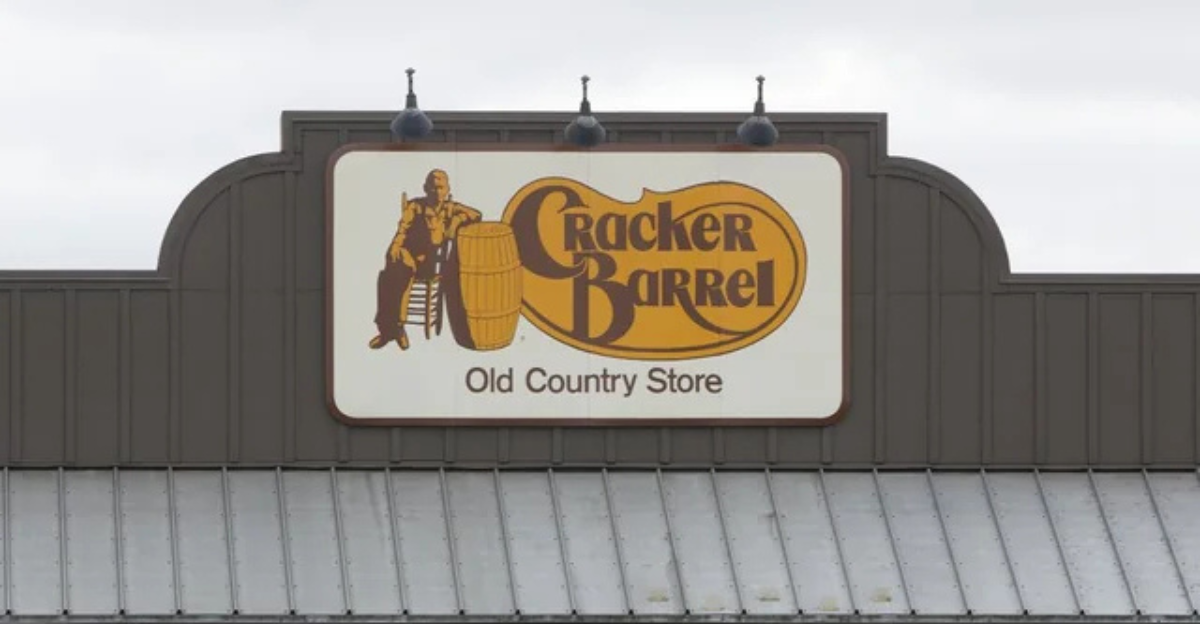
Breakfasts and dinners at Cracker Barrel became much pricier, about 35% more expensive since 2020. But the platters, sides, and even the famous biscuits are all noticeably smaller.
Many loyal customers now limit visits or even abandon the brand, citing disappointing value for the price compared to local diners and other regional competitors.
People Are Fed Up With Price Hikes

On social media, many people share their receipts and pictures of small portions that aren’t worth the price anymore.
In restaurants and online, customers express: “I was expecting about $12 to $15 per person for Five Guys. $22… seems to cross a line.”
There is a noticeable frustration that fast food no longer feels affordable, filling, or special, and more people choose to eat elsewhere.
Value Menus Are Back, But Don’t Help Much
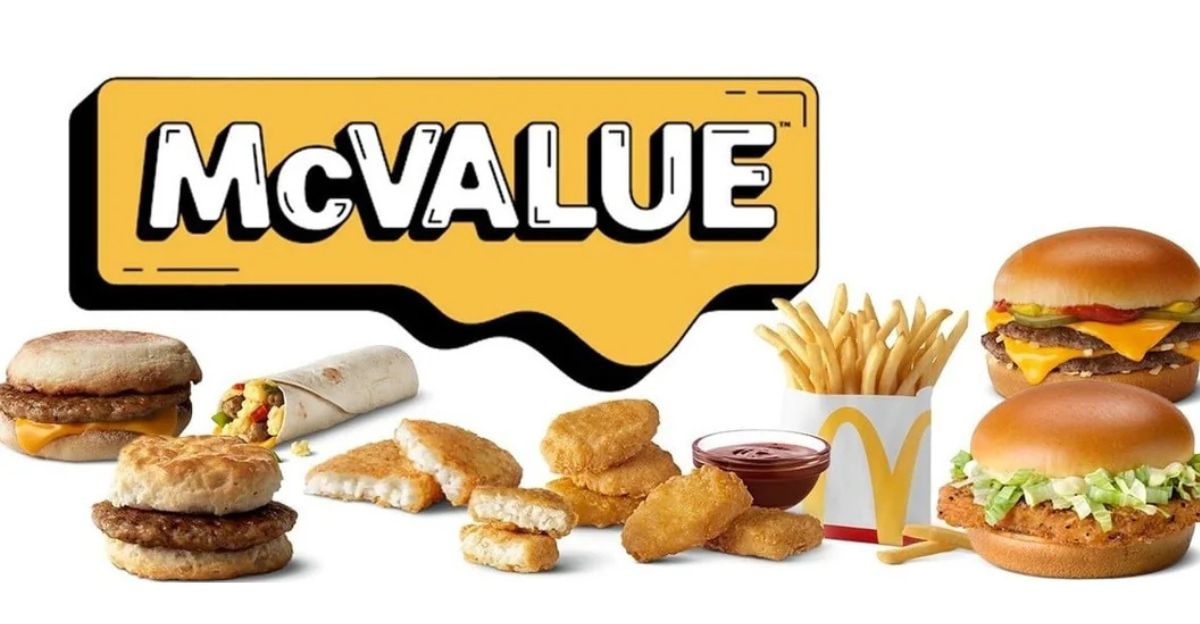
Some chains thought adding “value meals” to their menus would help win back some customers, but there are usually minimal options and small servings.
McDonald’s President Chris Kempczinski explained: “We and our franchisees have heard customers loud and clear about keeping prices as affordable as possible… we went big on value this summer and fall.”
For most families and regulars, these fixes barely make a difference, since you need to spend more to get a full meal.
Why Are Prices Up?

Prices are up because of inflation and higher worker pay, but also because big restaurant chains are raising prices for extra profits.
At the same time, some are giving you less food for the same or more money.
Many customers have started noticing that a meal doesn’t go as far as it once did, and trust is fading between customers.
Customers Are Looking Elsewhere
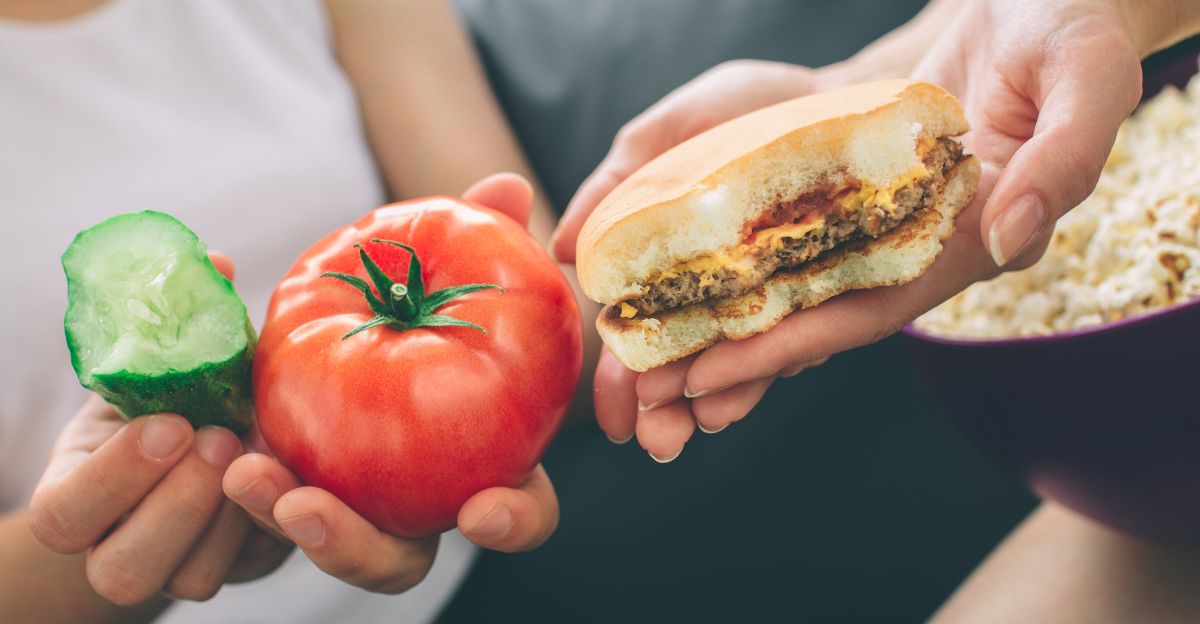
With fast food costing as much as or more than sit-down restaurants, many people are deciding to eat at local diners or family restaurants, or they would rather just cook at home.
This way, they can get the same or even better value meals.
Some frustrated diners write about spending $30 at KFC and feeling cheated, searching online for answers or places to complain.
Is Fast Food Still Worth It?

Both company leaders and regular customers say it’s time to rethink what constitutes good value. Unless restaurants offer better deals and more food for the price, they risk losing even their most loyal fans.
For many customers, fast food options are just not making sense anymore, and they are looking elsewhere for better deals.
What are your thoughts? Do you still eat fast food every week?